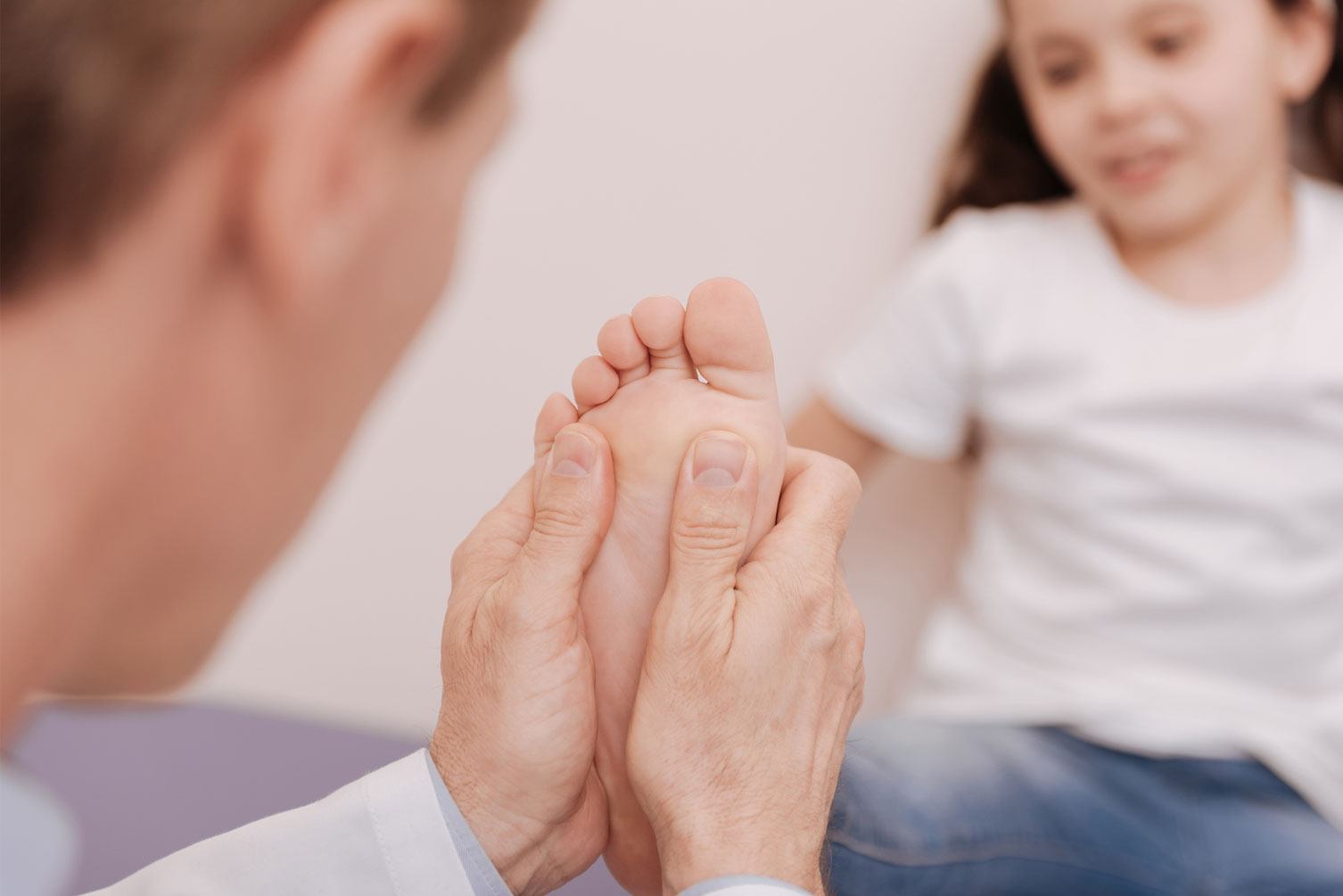
Protecting the foot and promoting natural development without interference is our guiding priority. Footwear plays a crucial role in children’s foot health, as ill-fitting shoes can have long-lasting effects, so in this blog we explore the potential risks related to poorly fitted shoes on a child's toes, how to avoid the risks, and what signs to look out for.
It's no surprise that yes, tight shoes can cause discomfort, and children are not exempt from this. Tight-fitting shoes, particularly those with a tight toe box, can lead to toe pain and discomfort. When toes are confined, it prevents natural movement and causes unnecessary pressure. Over time, this can result in not only immediate pain but also long-term consequences for your child's physical health.
Toe pain may seem like a minor issue, but it can lead to more significant problems. When the toes are cramped and unable to move freely, it affects the foot's overall mechanics. Over time, this can lead to imbalances and compensatory movements that may cause damage to the back, spine, hips, knees and the metatarsal joints, which are the large joints at the base of the toes. It is crucial to prioritise natural foot movement and flexibility to prevent these long-term effects.
There are three key ways to protect your child's toes from pain and discomfort. First, regularly measure their feet and check for proper shoe fit – length and width are important. You will quickly learn the style and shape of a shoe that best fits your child’s foot and this will help you to save time on future purchases. For example, with a wide foot, a toe box that has more of a pointed design will cramp the toes unnaturally so look for a wider rounded design.
This leads us to the second point. When choosing shoes for your child, always ensure there is a roomy toe box, allowing their toes to spread and move naturally. Ask them if they can wiggle their toes. Is there room to spread and allow the toes to rest and move unhindered?
And, third can you bend the shoe at the front so that it flexes easily where the toes would bend as your child takes a step? If the sole of the shoe is too solid and there is limited flexibility, young toes won’t be able to bend easily. This can affect the metatarsal joints, in particular the large joint at the base of the big toe. This joint needs to bend free from pressure in order for the child to walk naturally. Over time, this joint can become stiff as a result of inflexible shoes and this is dangerous for a child’s physical development, not just in terms of their feet but across their whole body.
At Start-Rite Shoes, the fitting is engineered from the heel to the ball of the foot. We take two measurements: length; and ‘ball joint girth’ width. The purpose is to promote natural movement while walking. The length of our shoe styles change from design to design to accommodate this natural foot movement and different foot shapes within the toe box area. We also understand that no two feet are the same so we provide additional adjustment in the fitting systems to allow adjustment to the correct, personal fit.
With regards to the design of the toe box specifically, Start-Rite shoes are ergonomically designed to allow foot spread and not crush the toes to enable natural growth. For example, our pointed toe designs are slightly longer in length than a square or rounded toe. We know the foot is not pointed like the shoe’s design and therefore we ensure the toes are naturally protected further back within the shoe.
To support natural gait development, we incorporate intelligent design considerations for children. These include:
With an eye on the latest fashions, we proudly create shoes that look and feel great and will also protect your child.
Protecting children’s feet from pain and potential long-term consequences starts with making informed decisions about their footwear. By understanding the risks of poorly fitted shoes and prioritising foot health, you can give your child the best start for a lifetime of healthy feet.
Author: Vista, published 11-10-2023.